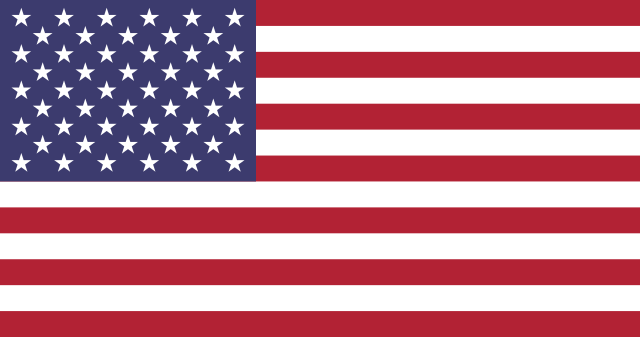The History & Evolution of the American Flag
From the original 13 stars to today’s 50, the American flag has reflected the growth of a nation. Explore how this iconic symbol has changed over time — and why it continues to inspire pride, unity, and patriotism across generations.

1777 — First U.S. Flag
On June 14, 1777, the Continental Congress passed the Flag Act, establishing the first official U.S. flag: thirteen stripes and thirteen stars to represent the original colonies. Though often attributed to Betsy Ross, most historical evidence points to Congressman Francis Hopkinson as the likely designer.
1795 — 15 Stars & 15 Stripes
As Vermont and Kentucky joined the Union, the flag was updated to include 15 stars and 15 stripes. This version flew during the War of 1812 and inspired Francis Scott Key to write what would become the U.S. national anthem, “The Star-Spangled Banner,” after witnessing it fly over Fort McHenry.


1818 — Return to 13 Stripes
The Flag Act of 1818 standardized the U.S. flag’s design going forward: 13 stripes to honor the original colonies and one star for each state. This act established a system of adding stars as new states joined, with the 20-star flag flying for just one year before additional stars were added.
1851 — 31-Star Flag
With California’s admission in 1850, the U.S. flag expanded to include 31 stars. This version was adopted on July 4, 1851, and reflected the growing influence of the West. The addition marked a significant milestone in the country’s westward expansion during the Gold Rush era.


1867 — 37-Star Flag
After the Civil War, Nebraska’s admission to the Union brought the flag to 37 stars. This version symbolized the beginning of Reconstruction and the continued reunification of the United States. It flew from 1867 to 1877 during a period of profound healing and change.
1896 — 45-Star Flag
Utah became the 45th state in 1896, bringing a new star to the flag. This version flew during a time of industrial growth, immigration waves, and national transformation. It was the American flag carried into the 20th century and seen during key moments of modernization and expansion.


1912 — 48-Star Flag
With the additions of New Mexico and Arizona, the U.S. flag gained two new stars and officially adopted the rectangular star pattern we know today. The 48-star flag became the longest-serving version, flying during both World Wars and symbolizing American resilience throughout the 20th century.
1960 — The 50-Star Flag
On July 4, 1960, the 50-star version of the American flag became official with the addition of Hawaii. It remains the current flag of the United States, representing all 50 states and continuing the legacy of unity, freedom, and resilience that has defined the nation’s flag for over two centuries.


The Legacy of the American Flag
More than a national emblem, the American flag represents the enduring spirit of liberty and unity. It has been raised on battlefields, flown at space missions, and draped in solemn tribute. Its presence continues to stir pride and reverence across generations of Americans.
Fly the Flag with Pride
Explore our collection of high-quality, American-made U.S. flags — designed to honor the history and spirit of our nation.
Shop American FlagsNylon vs. Polyester American Flags
Choose the right material based on weather conditions, durability, and appearance. Here's a quick comparison of our two most popular flag fabrics:
Nylon Flags
- Lightweight and quick-drying
- Ideal for low to moderate wind areas
- Flies beautifully in light breeze
- Glossy finish with vibrant colors
Polyester Flags
- Heavier, ultra-durable weave
- Best for high-wind or extreme weather
- Stays in place during strong gusts
- Matte finish with textured feel
See How America Flies
Join our community and see real flags, real customers, and real American pride in action.





